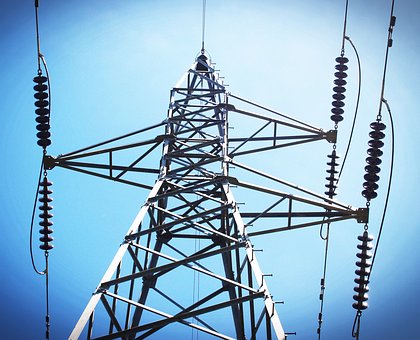U.S. Energy Department Awards $2.2 Billion for Eight Grid Improvement Projects

The U.S. Energy Department on Aug. 6 announced $2.2 billion for eight grid infrastructure projects across 18 states. The core objectives of the investment are to improve grid resilience to extreme weather shocks, increase grid capacity to accommodate growing demand, and integrate clean and renewable power sources into the grid. These grid infrastructure projects are expected to increase grid capacity by 13 gigawatts, inclusive of 4,800 megawatts of offshore wind capacity.
This marks the second round of funding under the Grid Resilience and Innovation Partnerships, GRIP, Program, established by the 2021 Infrastructure Investment and Jobs Act’s.GRIP is a $10.5 billion initiative aimed at supporting projects that enhance grid reliability and resilience using advanced technologies and innovative partnerships and approaches. The selections were done via the Grid Innovation Program, one of three GRIP funding mechanisms.
The selections include Clean Path New York and North Plains Connector, two innovative transmission infrastructure projects, which would increase grid capacity by about 4,300 megawatts by deploying high voltage, direct current technology. High voltage transmission cables are more efficient at distributing electricity over large distances and support renewable power integration such as wind and solar.
Clean Path New York, managed by the New York Power Authority, aims to increase grid capacity by 1,300 megawatts. The project, which received $30 million, would support the integration of clean and renewable power sources into New York’s power grid. The 145-mile HVDC transmission line would avoid 49 million tons of carbon dioxide, supporting New York’s goal of carbon emissions-free electricity generation by 2040.
North Plains Connector, managed by the Montana Department of Commerce and the North Dakota Transmission Authority, is a 415-mile and 525 kV HVDC transmission line designed to distribute power between North Dakota and Montana. The project secured $700 million, which will be used to increase power transfer capacity between the states, and also enable a more flexible bi-directional flow of electricity.
The RELIEF Project, a partnership between the Utah Office of Energy Development and the states of Arizona, Wyoming, Idaho, and Oregon, received about $249 million. The project aims to mitigate system contingency issues and avoid 5,500 hours of potential power outages affecting 700,000 consumers across the states.
Another key selected project is Power Up New England, managed by the Massachusetts Department of Energy Resources with cooperation from Connecticut, Maine, Rhode Island, New Hampshire, and Vermont. The New England transmission project aims to cut $1.5 billion in wholesale energy supply costs for its customers and integrate 4,800 MW of additional offshore wind into the grid. Power Up secured $389 million from this second round of funding from the Grid Innovation Program.
Overseen by the Grid Deployment Office of the Energy Department, GRIP will invest $10.5 billion to build a more resilient, flexible, and reliable power grid across the country. The program is the federal government’s most expansive financial commitment toward building critical grid networks yet.
Grid resilience has been a focus for utility companies in the U.S., particularly in the wake of Hurricane Beryl. In July, the Texas Public Utilities Commission started investigations into the emergency preparedness and response planning of utilities towards extreme weather events.
EnerKnol Pulses like this one are powered by the EnerKnol Platform—the first comprehensive database for real-time energy policy tracking. Sign up for a free trial below for access to key regulatory data and deep industry insights across the energy spectrum.
ACCESS FREE TRIAL


